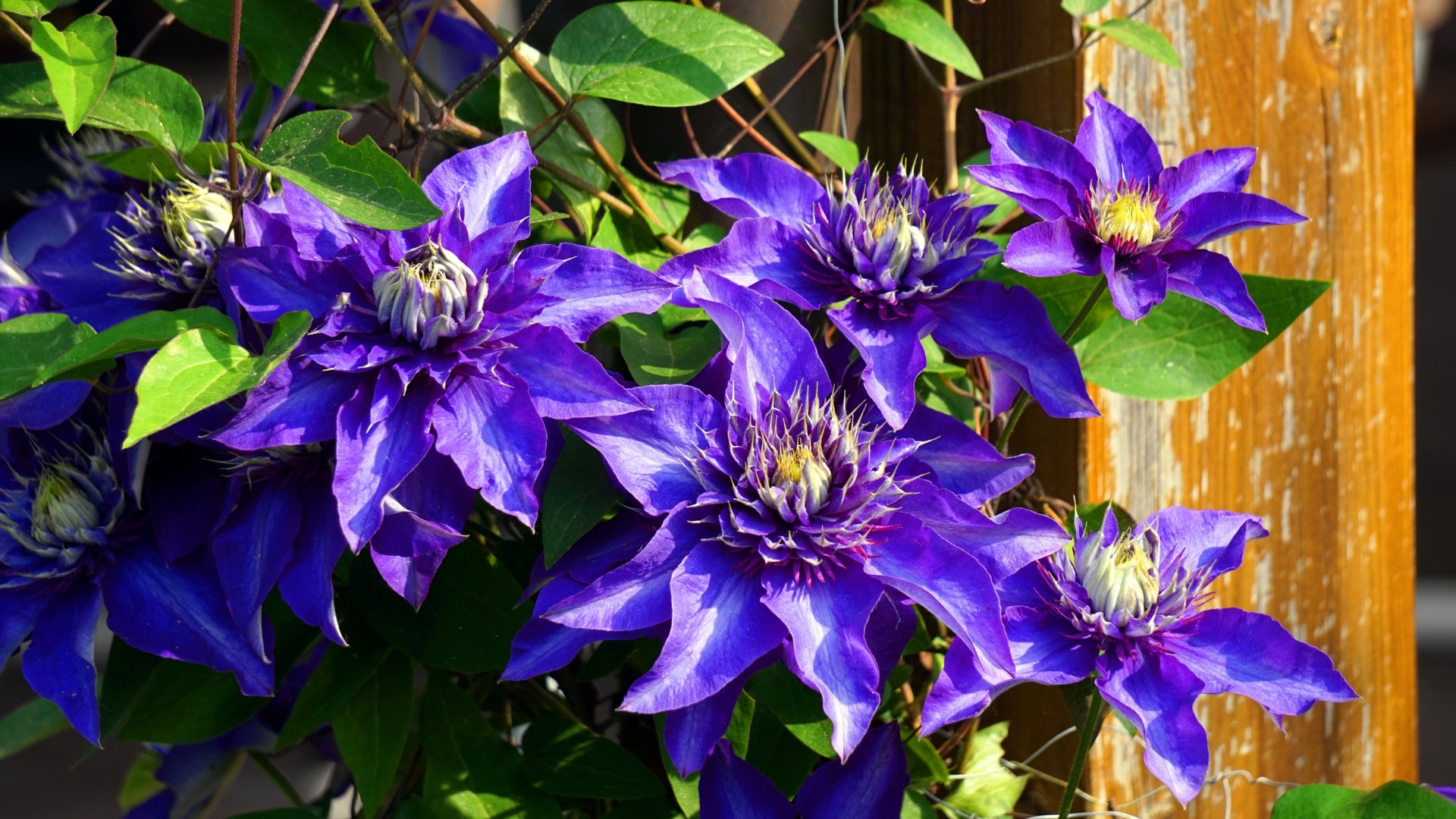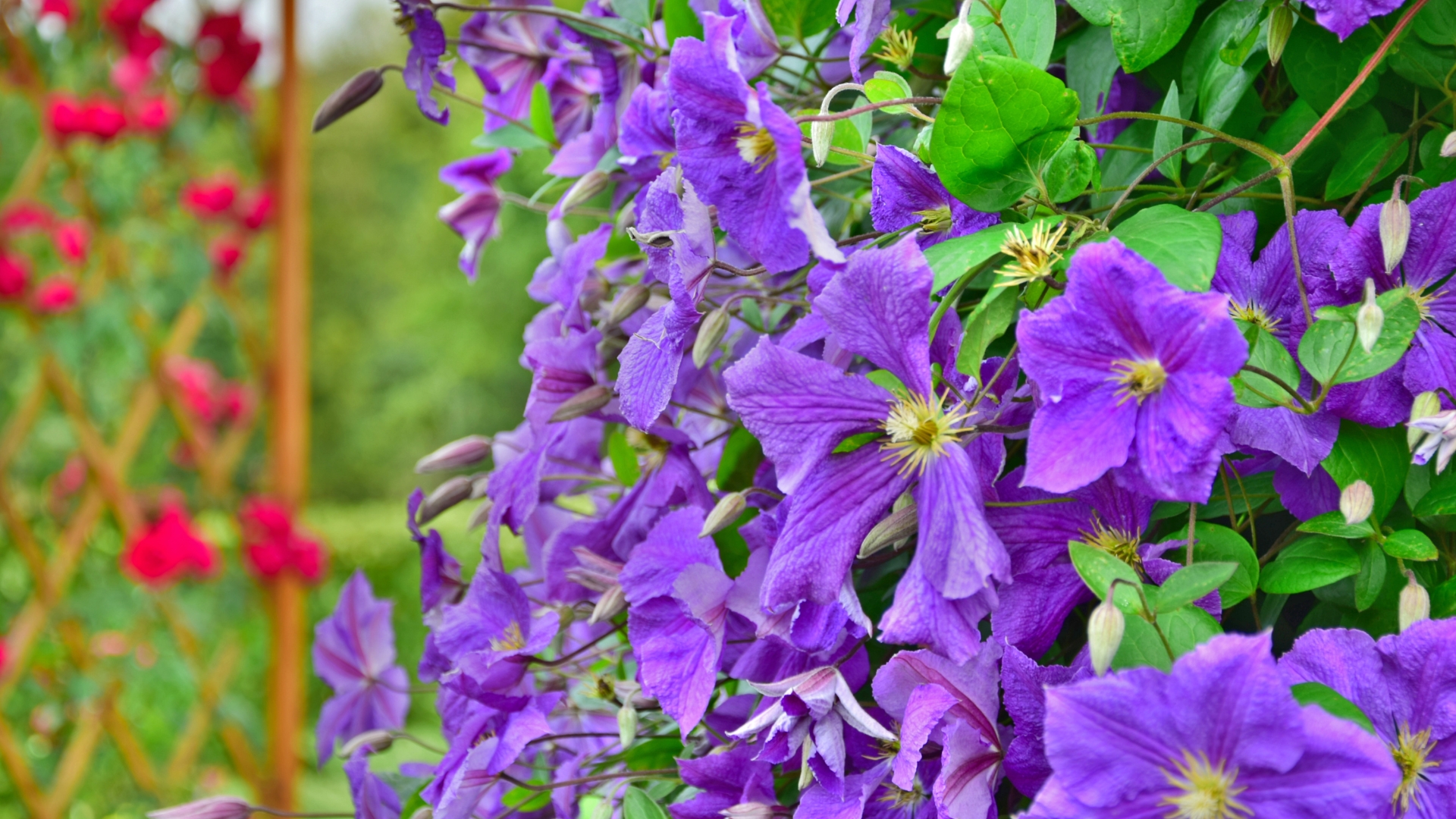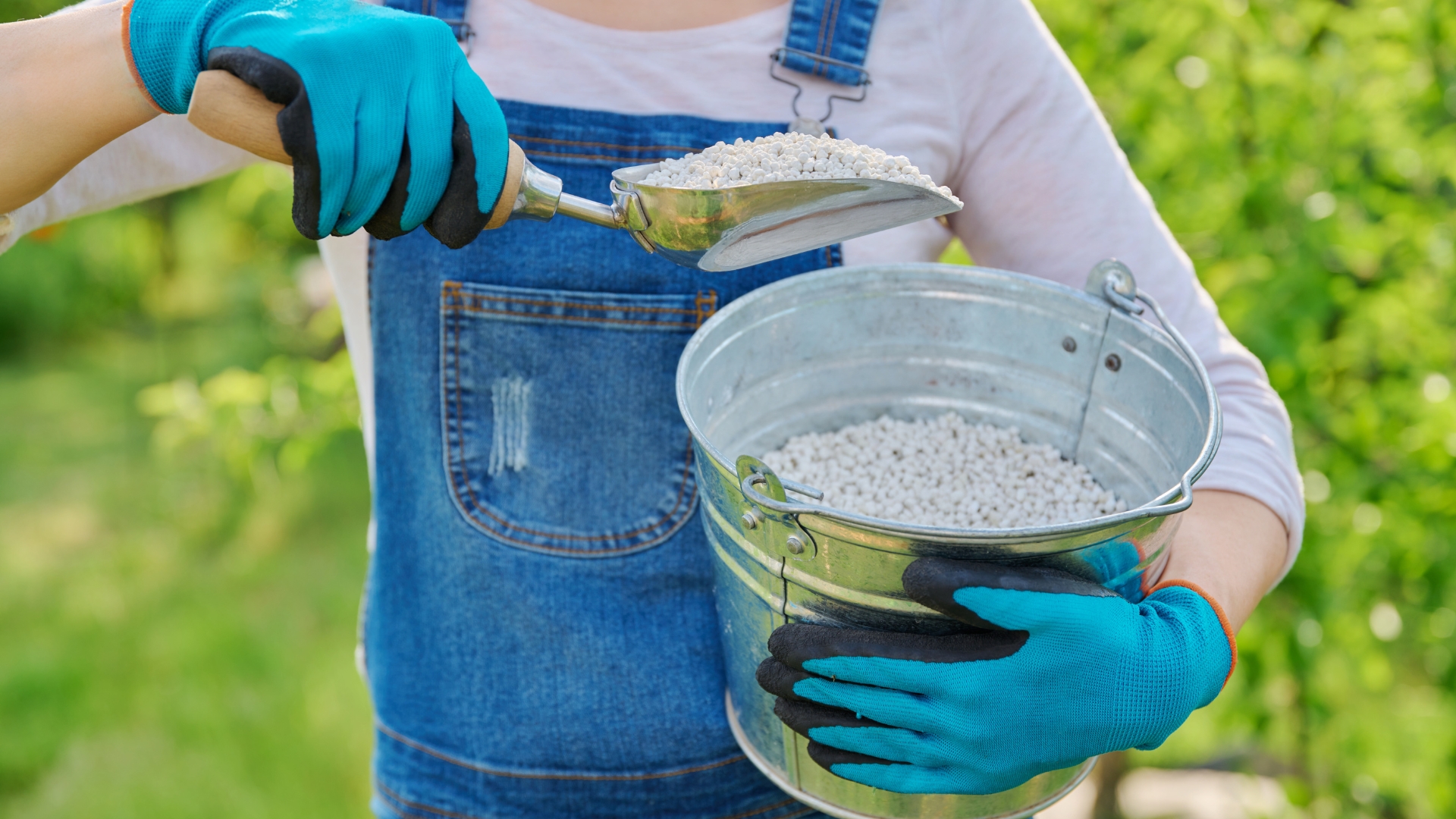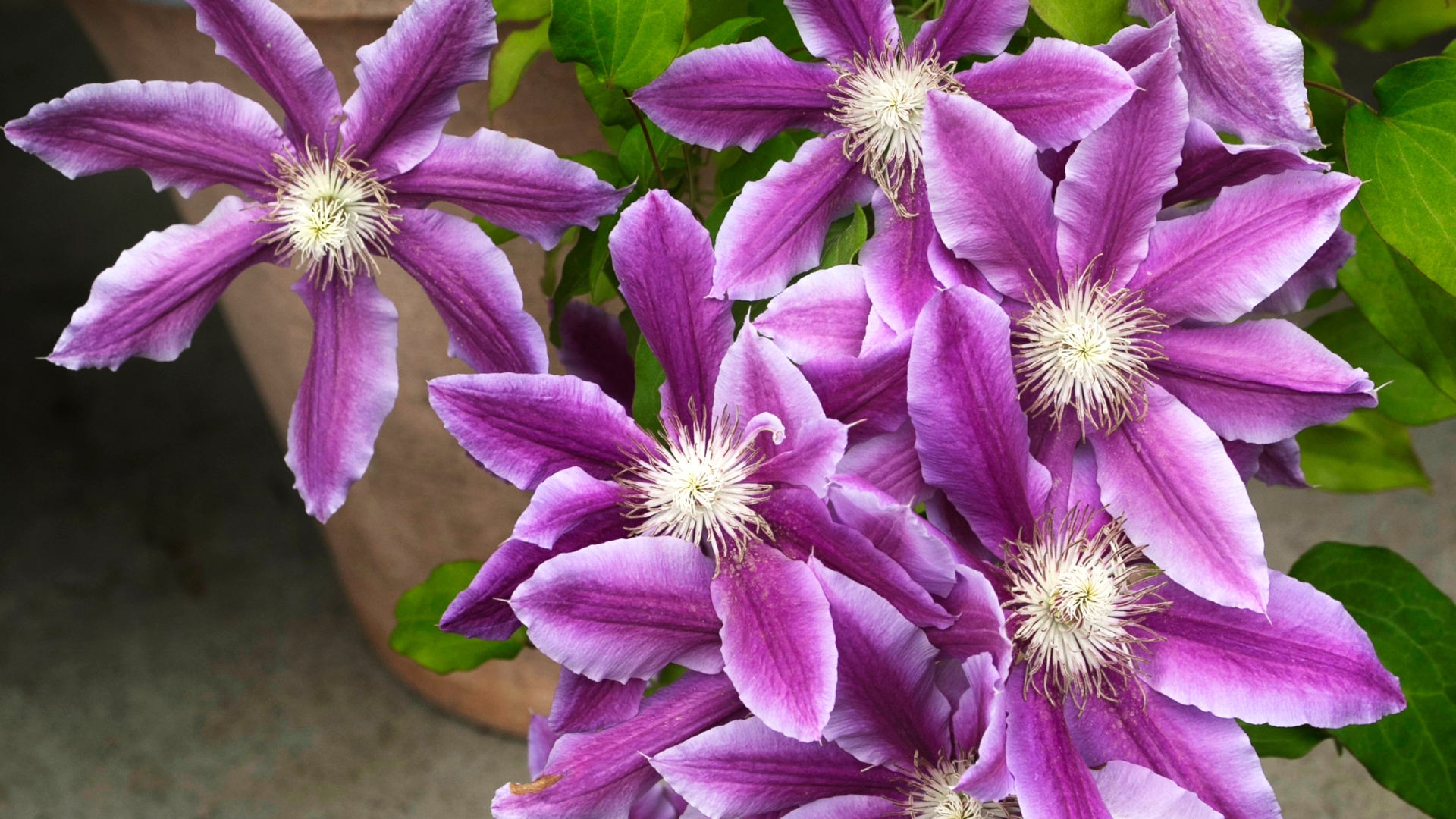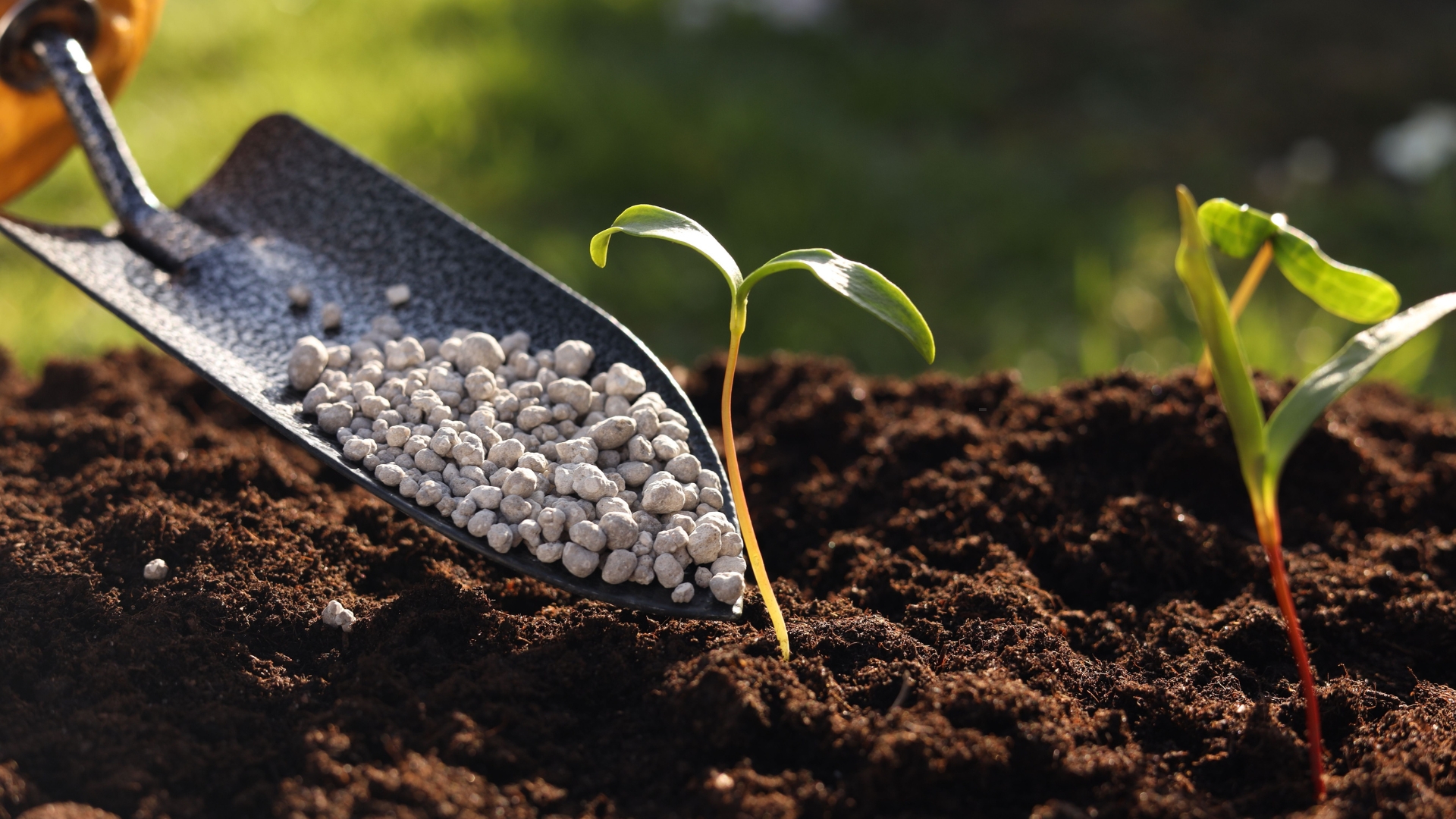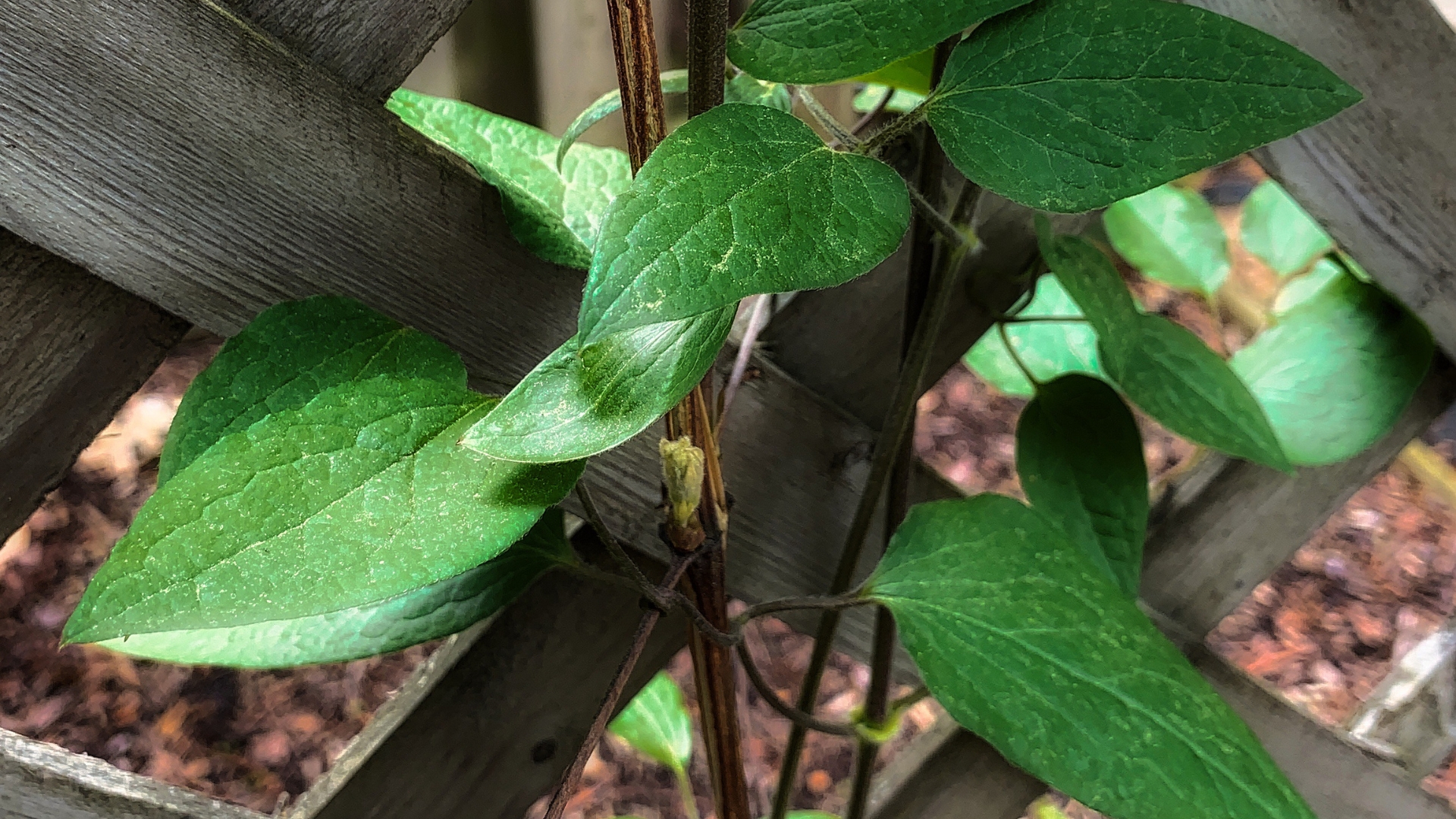I thought I had clematis care down to a science—water, prune, give it plenty of sunlight, and watch it climb.
But year after year, my blooms were more “meh” than magnificent. Then I learned the secret I’d been missing all along: fertilization.
Turns out, clematis aren’t just hungry for sunlight; they need the right nutrients to thrive. Once I got it right, my vines exploded with color like never before.
If you want your clematis to put on its best show, I’ll gladly share everything I’ve learned!
When To Fertilize For The Best Results
Everything starts with the right timing—fertilizing clematis at the right moment is the key to bigger, healthier blooms.
I used to think tossing some plant food around whenever I remembered was good enough, but I quickly learned that clematis thrive when fed on a proper schedule.
Too early, and you’re encouraging weak, leggy growth. Too late, and the plant won’t have what it needs to push out those spectacular flowers.
So, when exactly should you fertilize? Clematis need their first feeding in early spring, just as new growth begins to emerge.
This jumpstarts the season and gives them the energy to grow strong vines. After that, a monthly feeding from spring through midsummer keeps them thriving.
The final feeding should be around mid to late July, depending on your climate, to support healthy flowering without encouraging excessive late-season growth that could struggle in colder weather.
Getting the timing right made all the difference for my clematis. Instead of weak stems and scattered flowers, my plants grew lush and full, producing more vibrant blooms than ever. Stick to this schedule, and your clematis will reward you with a breathtaking display!
Which Is The Best Fertilizer For In-ground Grown Clematis Plants
Using the best fertilizer makes all the difference between weak vines and a clematis covered in blooms.
For in-ground clematis, a slow-release, balanced fertilizer like 10-10-10 or 5-10-10 is ideal. The first number (nitrogen) helps with foliage growth, but too much can lead to excessive leaves with fewer flowers.
The second and third numbers (phosphorus and potassium) are crucial for strong roots and vibrant blooms. Organic options like compost, well-rotted manure, or fish emulsion also work wonders by improving soil quality and providing long-lasting nutrition.
To keep my clematis thriving, I apply a slow-release fertilizer in early spring and supplement with liquid feed every 4 to 6 weeks until midsummer.
What About Potted Clematis
At first, I treated in-ground and pot-grown clematis the same, but they quickly showed signs of stress. Well, container-grown clematis use up nutrients faster, so they need a more consistent feeding routine.
Since potted plants don’t have access to deep soil nutrients, I use a balanced liquid fertilizer (like 10-10-10) every two weeks during the growing season.
Slow-release granules can also help, but regular liquid feeding ensures they get a steady supply of nutrients. Organic fertilizer options like seaweed extract or diluted fish emulsion are great alternatives, providing essential minerals while keeping the soil healthy.
Another key factor? Washing out nutrients. Frequent watering in pots can flush nutrients away, so I fertilize more often but at half strength to avoid overfeeding.
Since making these changes, my potted clematis have flourished with healthier vines and richer blooms. If you’re growing clematis in a container, a proper feeding routine is the key to success!
How To Fertilize These Wonderful Plants
How you feed your clematis matters just as much as when and what you use.
For in-ground clematis, I sprinkle granular fertilizer around the root zone, about 6 inches away from the base, to prevent direct contact with the stems. Then, I gently work it into the soil and water deeply to help the nutrients soak in.
If I’m using liquid fertilizer, I apply it directly to the soil and foliage, since clematis can absorb some nutrients through their leaves.
For potted clematis, I mix liquid fertilizer at half strength and apply it every two weeks, making sure the soil is moist beforehand to avoid root burn.
If using slow-release granules, I lightly scratch them into the top layer of soil so they break down gradually with each watering.
Avoid These Mistakes At All Costs!
We all make mistakes but when it comes to plants, one mistake can have terrible consequences.
Too much nitrogen? You’ll get lush, green vines with hardly any flowers. Feeding too late in the season? That encourages weak, frost-sensitive growth instead of strong, flower-producing stems. Skipping fertilization altogether? Your clematis might survive, but it won’t thrive.
Another common mistake? Overfeeding. More isn’t always better—excess fertilizer can burn the roots and stress the plant. I always follow package instructions and err on the side of lighter feeding rather than heavy-handed application.
And don’t forget watering before feeding—applying fertilizer to dry soil can shock the roots. A deep soak before fertilizing helps prevent damage and ensures nutrients are absorbed properly.Learning from these mistakes has taken my clematis to the next level. Avoid these pitfalls, and your clematis will reward you with the biggest, most colorful blooms yet!

